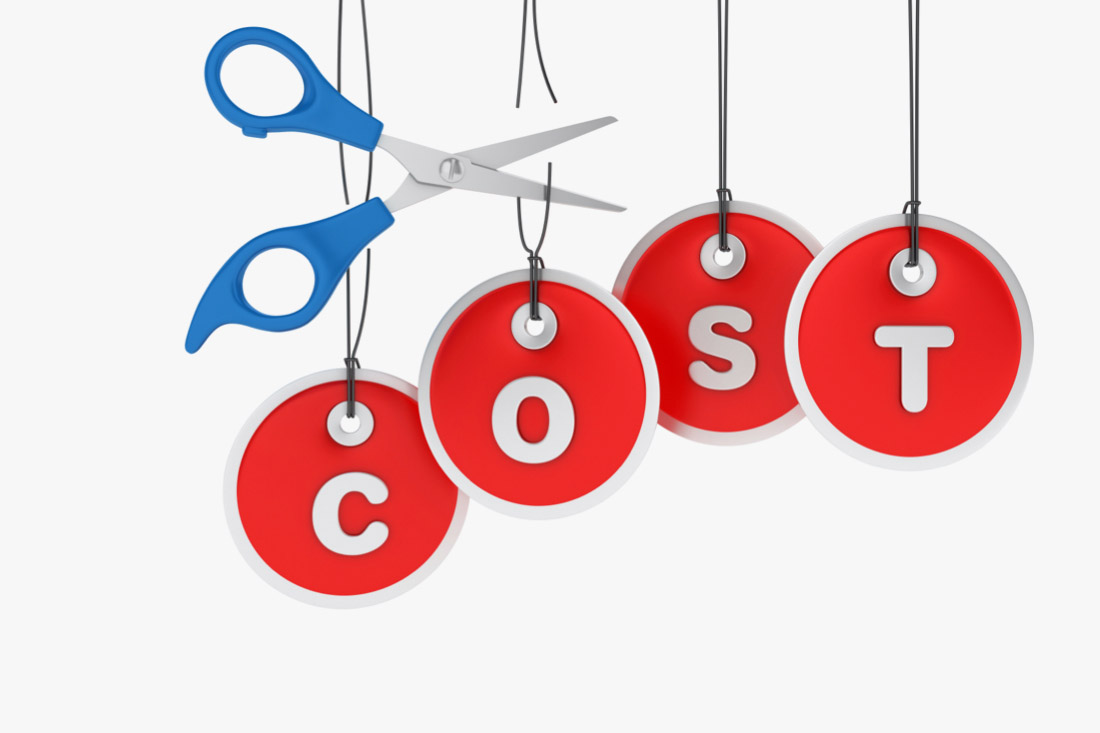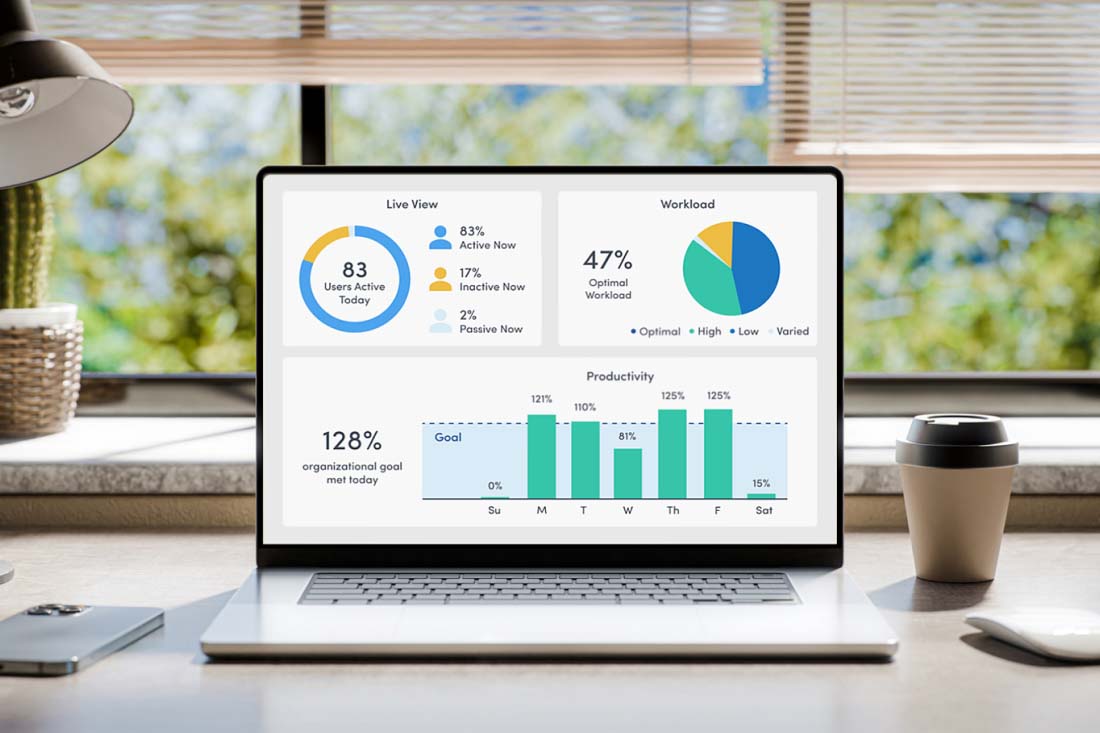Is less really more? When it comes to reducing your SaaS costs, the answer is unequivocally “yes.” And not just because SaaS pricing inflation is growing 4x faster than global inflation.
Most organizations pay for more than 130 apps — or as many as 410 if you work at an enterprise company. And unfortunately, a lot of them are rarely used.
Don’t get us wrong: Cloud-based apps can be a boon for productivity. But without a way to keep SaaS purchases in check, software bloat can take a big toll on your budget.
Let’s look at five proven strategies to help you reduce SaaS costs and maximize your return on investment.
What is SaaS cost reduction?
SaaS cost reduction is the process of lowering the amount of money your organization spends on unused, underused or duplicative SaaS tools. It’s usually accompanied by a SaaS spend management plan, and can help free up funds for additional licenses or new subscriptions that are more likely to provide measurable benefits.
As global SaaS spending climbs to $195 billion, SaaS cost reduction is becoming a high priority for organizations across industries.
The importance of cost management in SaaS
No company wants to overspend on apps. So why does so much of our SaaS spending go to waste? The problem can be traced back to three primary factors:
- A lack of SaaS visibility: For many organizations, IT and finance teams can’t see all the apps an organization uses — let alone who uses them or how often.
- Too much app overlap: Different departments may pay for different apps that do the same thing. Or employees might use one or two features in each app, instead of finding a more cost-effective platform that houses them all in one place.
- Not enough oversight: Some employees may use work credentials and company credit cards to sign up for apps without getting approval from IT or procurement.
In each of these scenarios, uncontrolled costs tend to add up fast. Which is why it’s so important to have a formal cost management plan.
The impact of uncontrolled SaaS spending
Does your organization pay for Tableau, Trello or Notion? According to one recent study, these are some of the most rarely used SaaS solutions. Yet many companies still pay as much as $1,000 per user annually to keep them.
Without proper oversight, those costs can quickly spiral out of control and begin to erode profitability. Businesses that fail to manage their SaaS expenses properly end up paying thousands of dollars for unused or underutilized subscriptions, leading to unnecessary financial burdens.
Benefits of effective SaaS cost management
Implementing effective SaaS cost management strategies can unlock several benefits. You’ll not only optimize spending but can also reallocate resources to more high-value areas. This is especially important at a time when 91% of IT decision-makers list cost optimization as a top priority.
Reducing SaaS spend now can lead to numerous long-term benefits including:
- Greater flexibility: With a proactive plan for slashing unused, underused and redundant applications, you can free up resources to reinvest in the business.
- More productivity: Having just the right mix of SaaS licenses and software subscriptions will not only lower your operating costs but also help boost software utilization.
- More innovation: When IT isn’t overwhelmed by software bloat, they’ll have more time to focus on training and support.
5 strategies to reduce SaaS costs
Ready to reduce your SaaS costs? You can start right now by following five simple steps.
1. Audit your SaaS subscriptions
First, you’ll need to audit your subscriptions. This involves evaluating your current SaaS stack to identify unused or underutilized applications.
Start by creating an inventory of all SaaS vendors and their associated costs. Then take a look at how often your employees use each one. This process will help you pinpoint subscriptions no longer necessary or that can be replaced with more cost-effective alternatives.
2. Negotiate your SaaS contracts
Once you have usage data, you can use this information to negotiate a tailored pricing model that matches your needs. Many businesses overlook this strategy, assuming the pricing is fixed. However, negotiation can lead to significant savings and more favorable contract terms.
Additionally, consider the possibility of multi-year contracts or volume discounts to further reduce costs. Every SaaS provider has its own pricing model, ranging from user-based subscriptions to usage-based pricing. Get familiar with these models to ensure you get the best value for your money.
3. Implement a SaaS management platform
Investing in a SaaS management tool will give you access to real-time insights you can use to identify unused subscriptions and uncover opportunities for consolidation. You’ll have full visibility into your entire software ecosystem so you can track usage, monitor costs and enforce compliance — all without adding extra work to your day.
For example, a quick look at your app usage analytics might reveal your most expensive apps are only used sporadically. Rather than taking time to interview each user, you can use this data to downgrade your plan accordingly. The data makes it easy to ensure you’re maximizing ROI on each app, without having to invest a ton of time and energy.
4. Optimize your software usage
In some instances, it might not be the amount of money you’re paying that’s the problem. Training employees on how to make the most of each app can also be an effective way to optimize your SaaS spend.
Encourage employees to attend training sessions and share best practices. Many SaaS applications have features that go unnoticed — the more proficient your people are, the more value you’ll get from each app.
5. Continuously monitor and evaluate
Finally, it’s important to remember cost management is an ongoing process. Continuously monitor your SaaS usage, regularly assess your spend and stay informed on new offerings. By staying proactive and adaptable, you can continuously optimize your SaaS cost structure.
Use ActivTrak to reduce your SaaS spend
The reality is, most organizations are overspending on software-as-a-service. Which means the strategies above can have a big impact on your bottom line. From auditing your current stack to renegotiating contracts, each step will take you closer to lower costs and higher profitability.
Prefer to remove the guesswork? ActivTrak’s award-winning platform shows you exactly which applications are being used by employees, and how often, so you’ll know precisely when it’s time to make a change.
Learn more about ActivTrak’s SaaS management software or request a demo with one of our experts.





